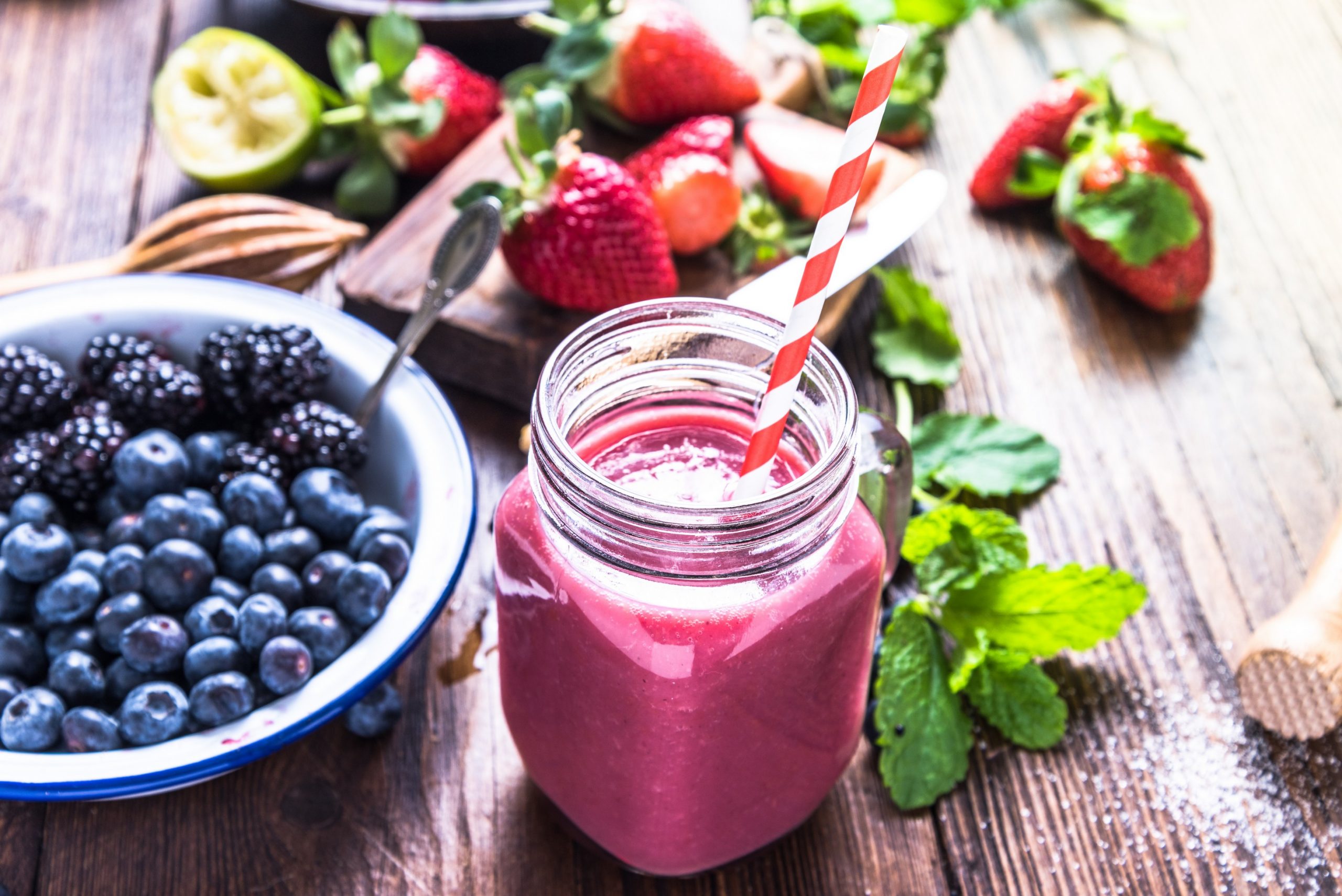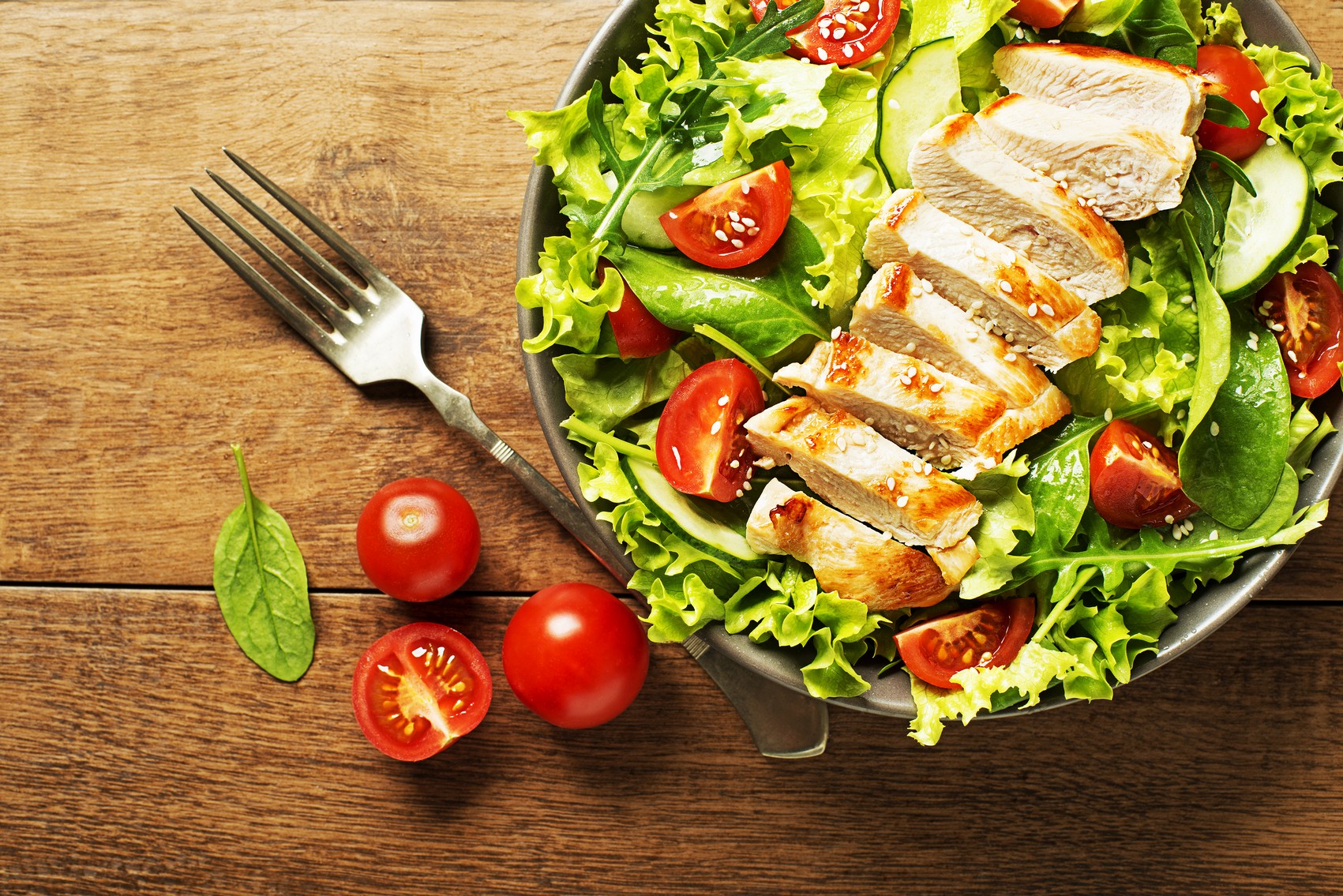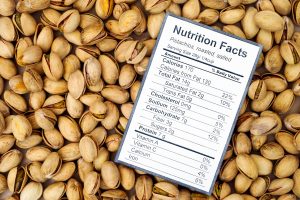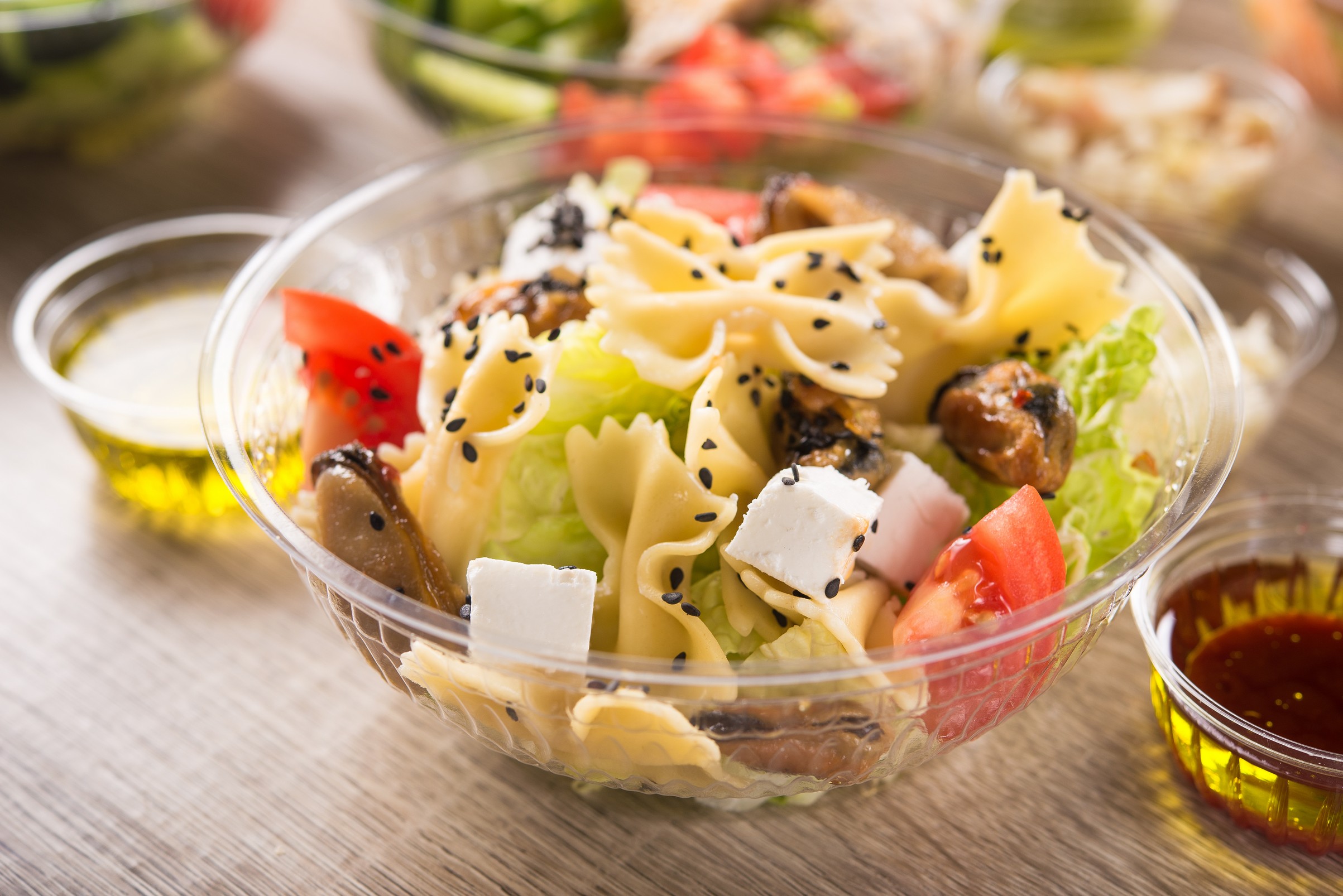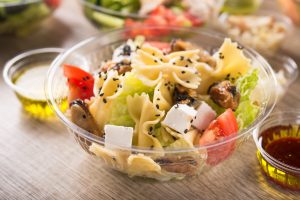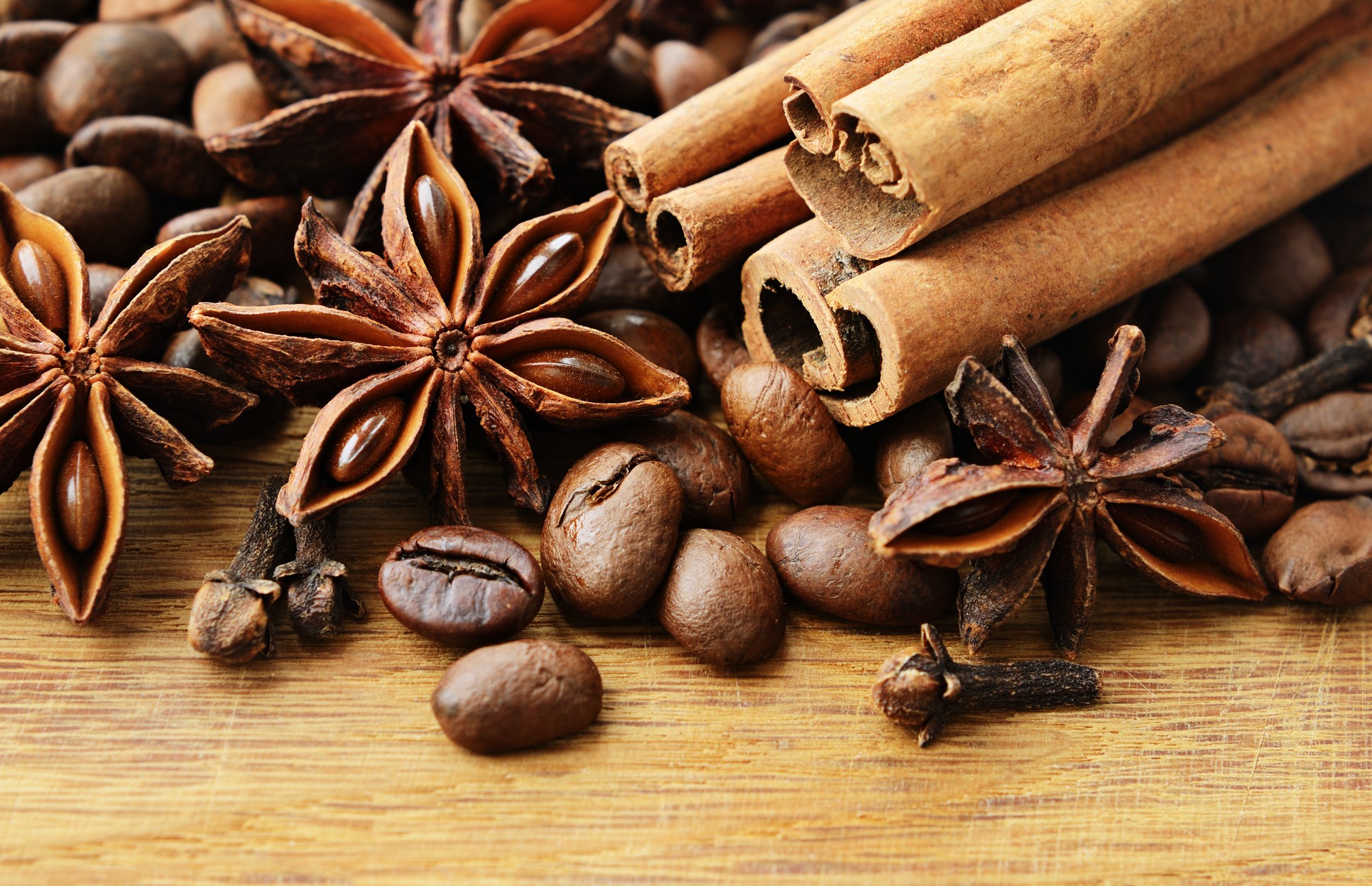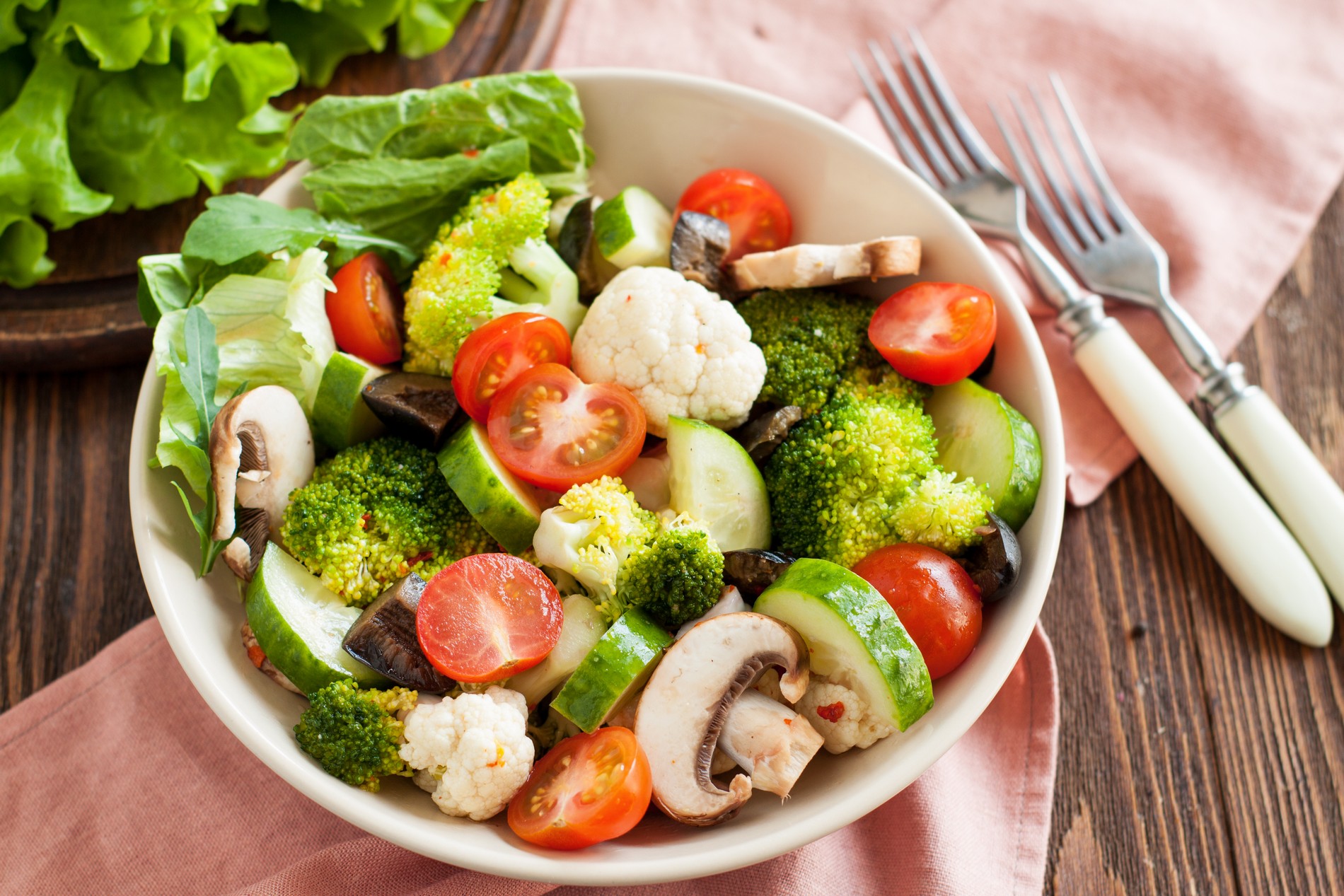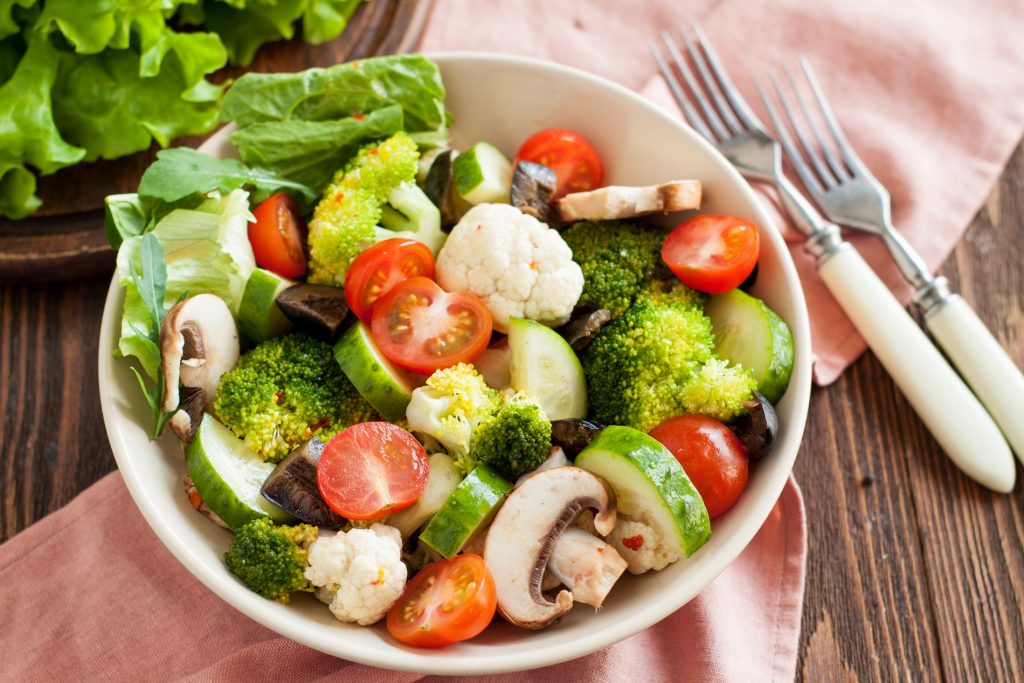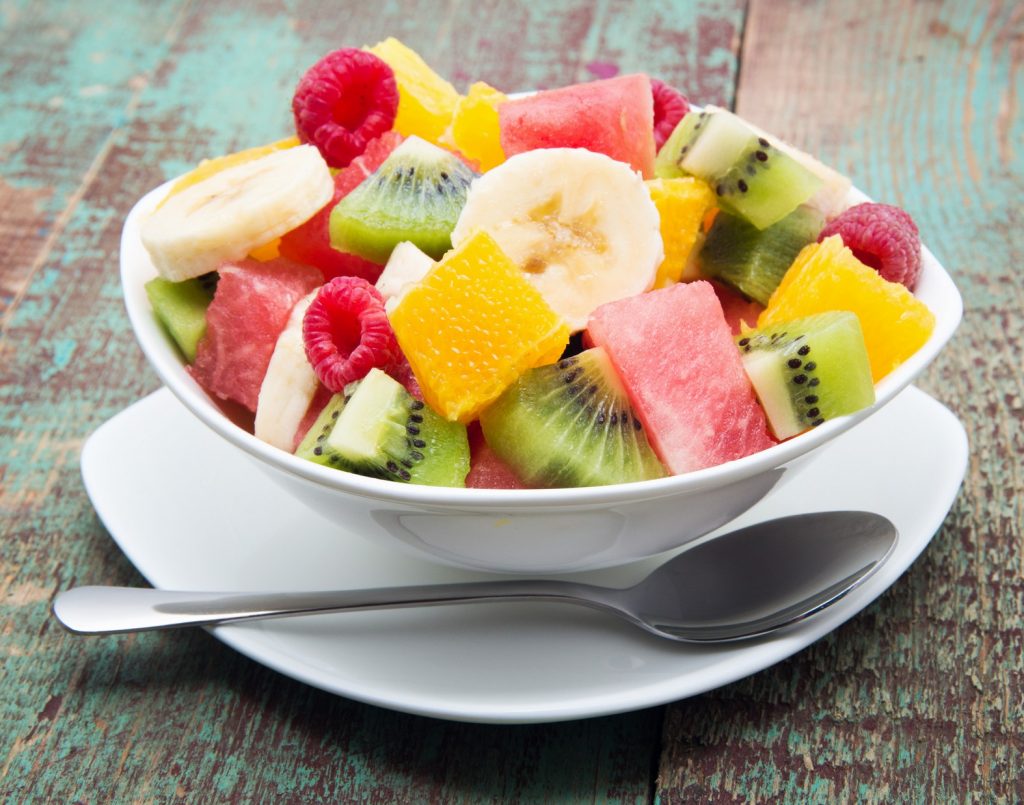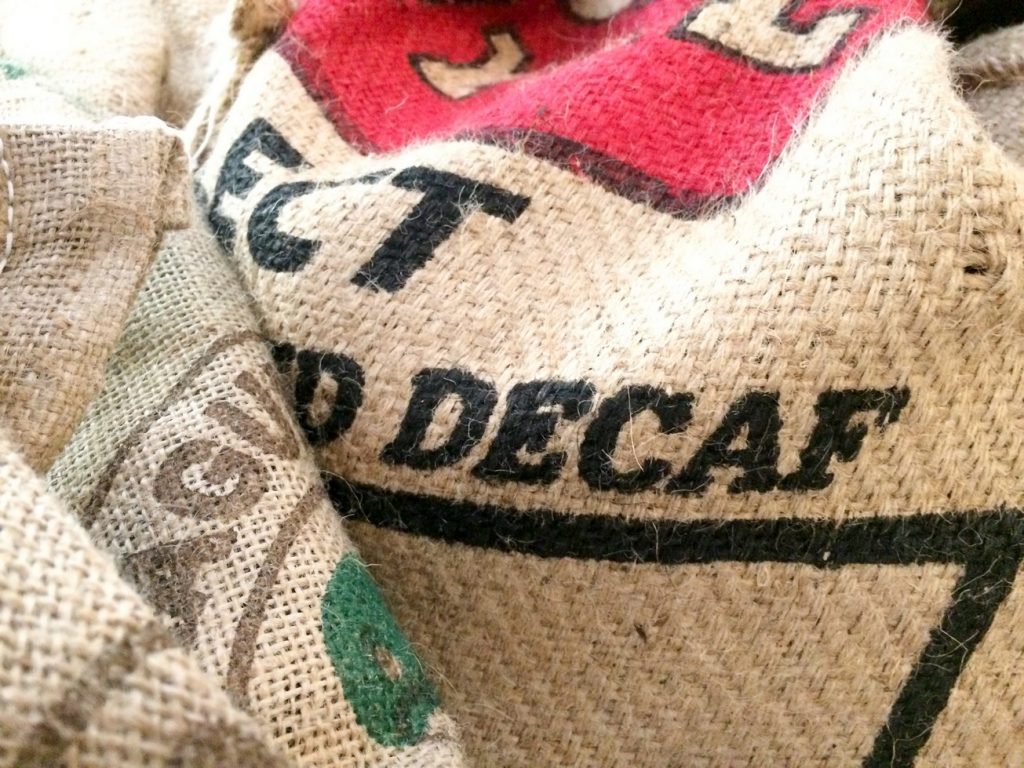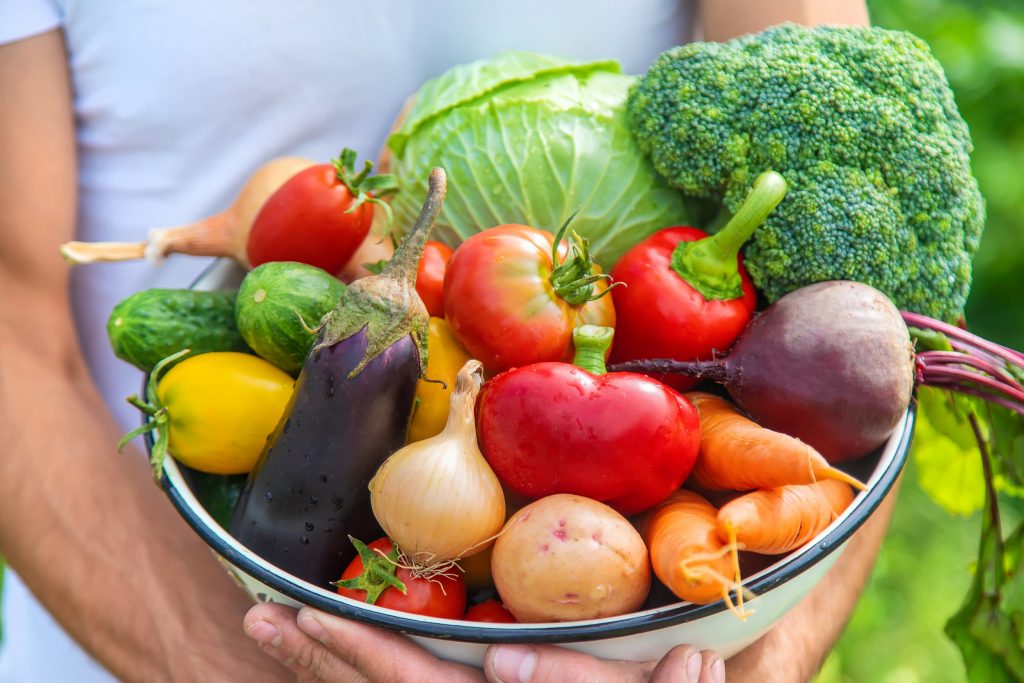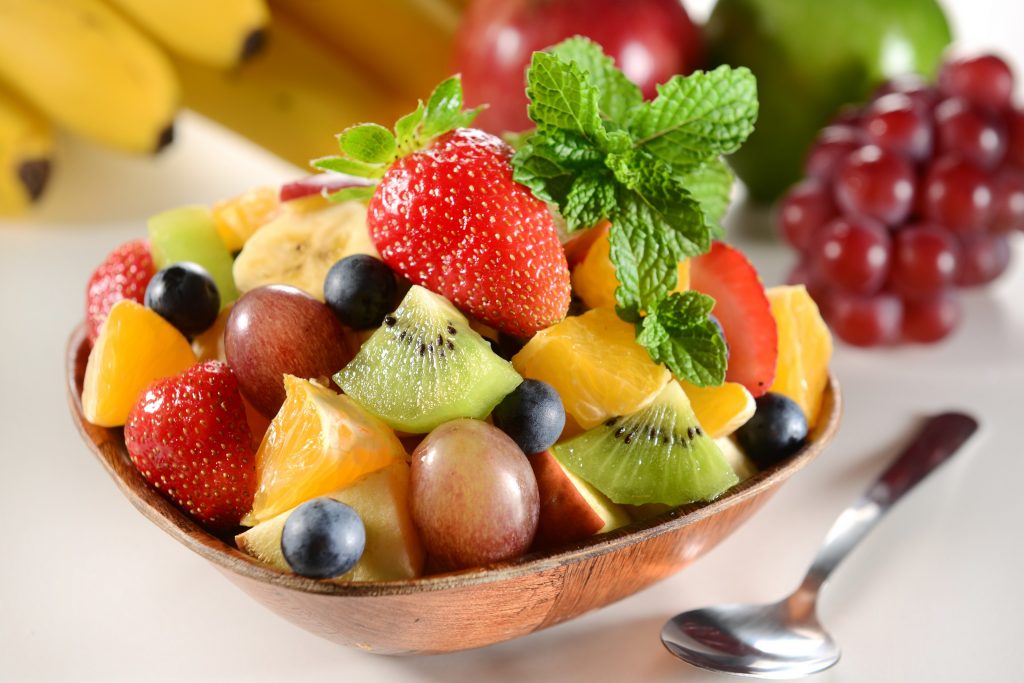
How does snacking fit into your day? Do snacks replace a meal or help you survive until your next one? Or, maybe they’re an energy boost? What about a reward or something to satisfy a craving? You aren’t alone if your snacks function as just one of those, or if they are all three at the same time. The way consumers plan, choose, and eat food has changed.
To help New York City employees learn about their new vending options and see the value, let’s take a look at the three primary snack needs.
Nutritious Options
-
- helps to meet daily caloric needs and to stay hydrated
- keeps energy levels stable and up
- helps to manage health and diet
- stops hunger between meals
- examples: yogurt, granola bars, whole fruits and vegetables, water, and smoothies
Snacking for Optimization
-
- helps to meet mental and physical performance goals
- offers an energy boost
- helps with recovery after exertion or a loss of nutrients, fluids, and energy
- increases mental focus
- examples: coffee, whole fruits, popcorn, nuts, protein bars, and smoothies
Snacks and Pleasure
-
- offers comfort and stops cravings, at least in the short term
- can be either an indulgence or a reward
- creates a time to eat different flavors and textures
- is an opportunity to try new foods
- examples: cookies, candy, chips, nuts, and flavored milks

Each of these snack needs can function independently or in combination with each other. In most situations, New York City employees don’t realize that they require the snack to be fun even if their goal is nutritional. One way to meet those increasing needs and have a positive impact on your employees is to reconsider the types of snacks and beverages offered in your break room vending machine or micro-market.
Marché can help update your break room layout and customize your refreshment menu to inspire snacking occasions and meet your employees’ needs. Not only is it good for your New York City employees’ health and well-being, but it’s also good for company morale and productivity.
To learn more about the wide variety of fresh food, snacks, and beverages we offer and our vending, micro-market, and coffee services, please contact us at 833-627-2431.
